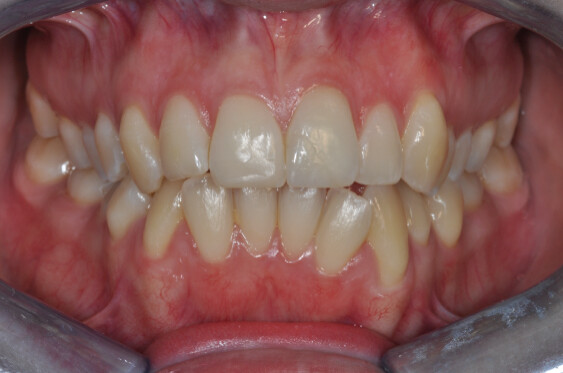Aligners in Periodontally Compromised Patients: Diagnostic Considerations Before Movement
Clear aligners have expanded the possibilities in modern orthodontics—but when it comes to treating periodontally compromised patients, caution and careful planning become non-negotiable. These cases aren't just about aligning teeth—they're about preserving the supporting structures that hold them in place. So how do we approach movement in a mouth that’s already structurally vulnerable? It starts with a solid diagnostic foundation.
Azeem Jameel
4/4/20252 min read


Aligners in Periodontally Compromised Patients: Diagnostic Considerations Before Movement
Clear aligners have expanded the possibilities in modern orthodontics—but when it comes to treating periodontally compromised patients, caution and careful planning become non-negotiable. These cases aren't just about aligning teeth—they're about preserving the supporting structures that hold them in place.
So how do we approach movement in a mouth that’s already structurally vulnerable? It starts with a solid diagnostic foundation.
The Diagnostic Essentials
Before any tooth movement is considered, a comprehensive periodontal evaluation is key. Here’s what clinicians should prioritize:
1. Probing Depths and Clinical Attachment Loss
A full periodontal charting helps identify the extent and distribution of disease. Sites with deep pockets or clinical attachment loss require stabilization before any orthodontic force is introduced.
2. Radiographic Assessment
Periapical and bitewing radiographs give insights into the pattern of bone loss—horizontal vs. vertical—and the amount of remaining alveolar support. CBCT imaging may be beneficial for 3D assessment in complex cases.
3. Bone Level and Crown-to-Root Ratio
Teeth with reduced bone support present with altered biomechanics. Evaluating the crown-to-root ratio helps determine if the remaining periodontium can withstand even light orthodontic forces.
4. Tooth Mobility
Teeth with Grade II or III mobility may not be viable for movement unless periodontal health is first restored and maintained over time.
Why Aligners May Be a Safer Option
Once the diagnostic criteria are met and periodontal disease is under control, aligners offer a number of advantages for these patients:
Gentle, Controlled Forces:
Unlike fixed appliances, aligners apply light, intermittent forces, reducing the risk of exacerbating bone or attachment loss.Segmental Movement:
Treatment can be planned in stages, focusing on more stable regions before progressing to areas with greater compromise.Improved Oral Hygiene Access:
Patients can remove aligners to maintain excellent plaque control—critical for preventing periodontal relapse.Digital Planning Precision:
With software-based staging, clinicians can monitor and adjust the force vectors and sequencing, minimizing unwanted side effects.
Treatment Planning Tips
Interdisciplinary Collaboration:
Work closely with periodontists to monitor periodontal health throughout treatment. Frequent re-evaluation is crucial.Anchorage Caution:
Avoid using compromised teeth as anchorage units. Temporary anchorage devices (TADs) or alternative anchorage strategies may be more suitable.Minimal Intrusion and Tipping:
These movements can be particularly risky for teeth with vertical bone loss—plan to avoid or minimize them where possible.Longer Tracking Periods:
Slower progression, with longer wear time per aligner, may be necessary to accommodate biologic limitations.
Final Thoughts
Periodontally compromised patients require a thoughtful, conservative approach to orthodontic treatment. Clear aligners, when used with detailed diagnostics and careful staging, can provide a viable and gentle solution—one that not only moves teeth but also respects the biological boundaries of the supporting structures.
As always, the best outcomes come from collaboration, customization, and continuous monitoring. Because in these cases, it's not just about straight teeth—it’s about keeping them.

Connect
Social Accounts
+1 830 7451 586
Building 595, Block H3, Phase 2
Johar town, Lahore Pakistan
Address
Mail at:
Call at:


ClearCare Ortho offers premium-quality, exceptionally clear, and affordable orthodontic aligner treatments worldwide.
© 2023 Copyright ClearCare Ortho All Right Reserved.
info@clearcareortho.com
